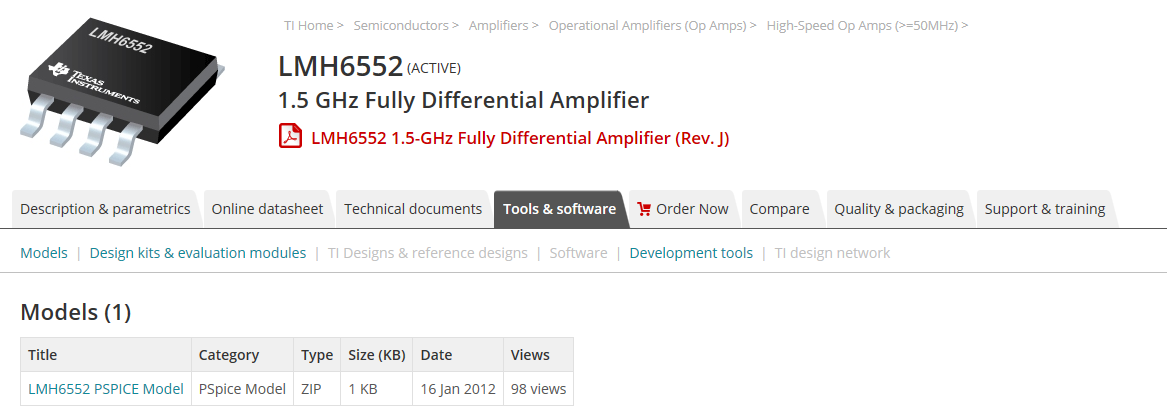Other Parts Discussed in Thread: OPA657, , LMH6552, LMH6629
Dear
I want to build a TIA with a gain of 1K and my desired band is 50MHz.
which one is better?
- 1- single ended TIA with OPA657 + ADA4950 differential driver?
- 2- differential TIA with OPA857 + ADA4950 differential driver? (if I want to use OPA857, how should I connect OPA857 to ADA4950?)
Best Regards



